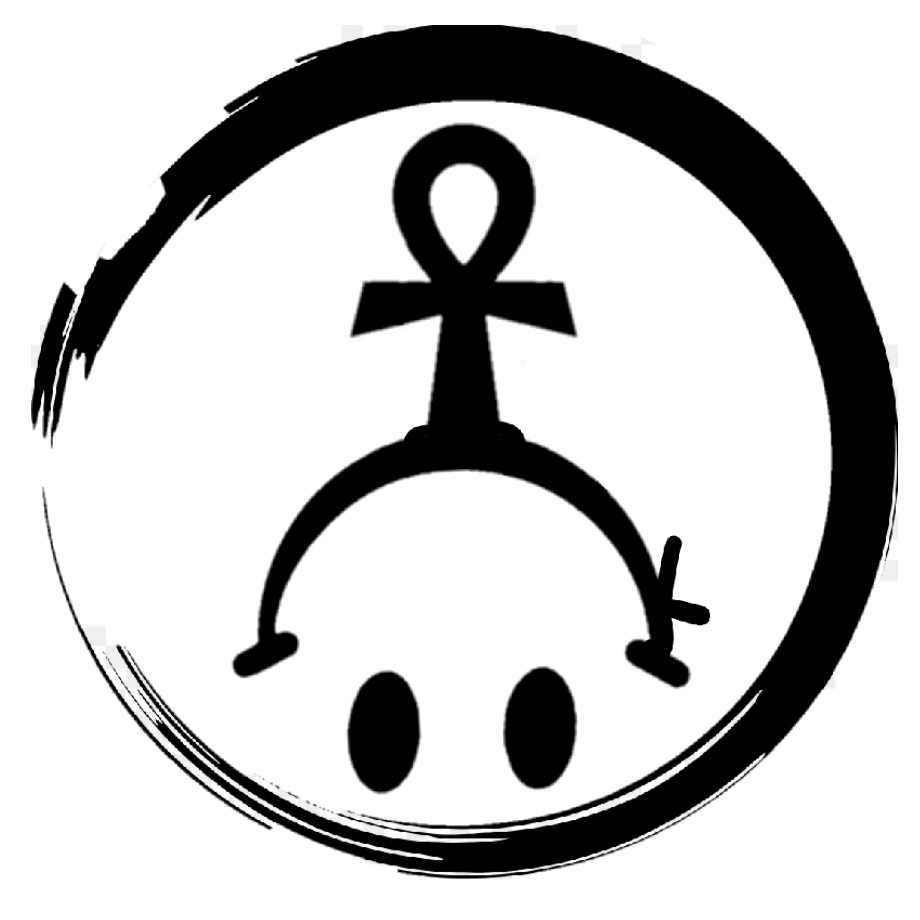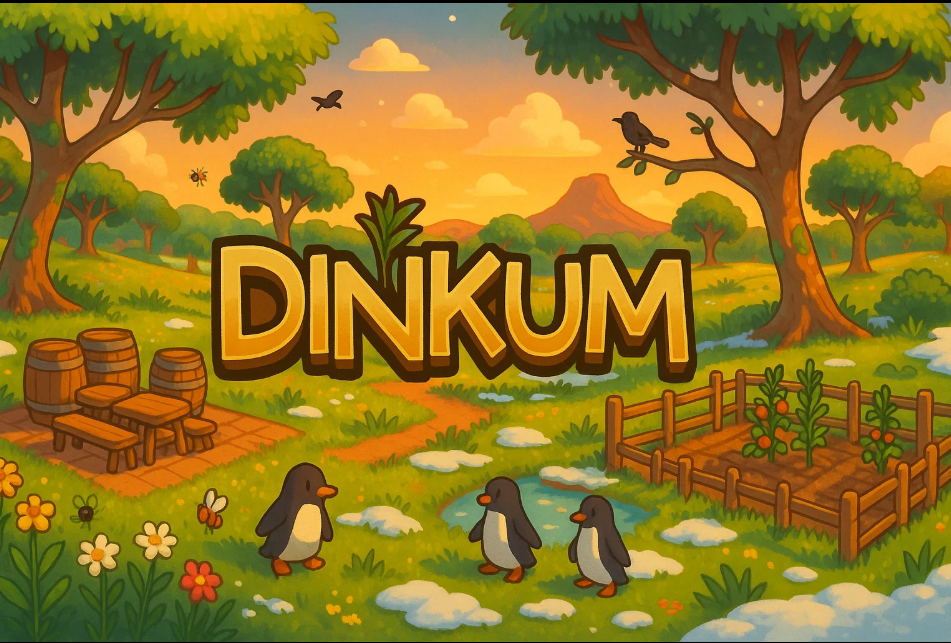U4GM-Dinkum Mining Depth Strategy and Resource Layer Mapping
Mining in Dinkum isn’t just about swinging your pickaxe and hoping for the best—it’s a full-on exploration challenge with layers of resources waiting to be uncovered. Whether you’re diving into the Deep Mine for shiny ores or mapping out where to find specific materials, knowing how depth affects resource distribution can make your runs much more efficient. Here’s a breakdown of how to plan your mining trips, what to look for at each layer, and how to make the most of your time underground.
Understanding the Mining Layers
In Dinkum, the underground environment is divided into layers that subtly change in both visuals and available resources. The deeper you go, the better your rewards—but also the tougher your encounters.
Surface Layer: The upper level of the Deep Mine features common materials like Tin Ore, Copper Ore, and simple Rocks. This layer is great for beginners or when you just need quick materials for crafting tools or town upgrades.
Mid Depths: As you descend, you’ll start seeing more Iron Ore and Quartz nodes. These are essential for mid-game gear and machine upgrades. Keep an eye out for glowing rocks that hint at more valuable deposits nearby.
Deep Layer: This is where the real treasure lies—Gold Ore, Rubies, and even rare fossils. The enemies here are stronger, but the payout is absolutely worth it. Make sure to bring a weapon, plenty of food, and lighting tools before heading this deep.
A simple trick many players use is marking depth checkpoints on their map using torches or mining lamps. This helps track which layer you’re currently in without having to guess based on the environment.
Mapping and Resource Planning
Efficient mining is all about pattern recognition. Once you’ve explored enough, you’ll start noticing that certain biomes above ground correlate with different underground resource densities. For instance, digging beneath rocky or desert regions often yields more Iron, while areas under forests tend to produce Quartz and Tin in larger quantities.
Building a resource layer map—either digitally or on paper—can help you predict where to mine next. Some players even keep screenshots of particularly rich tunnels to revisit later. The Deep Mine resets after each visit, but noting where specific patterns appear can still save time in the long run.
If you’re working toward building high-tier tools or upgrading machinery, gathering materials can be time-consuming. Players who prefer to focus on creative builds sometimes choose to buy dinkum items from community marketplaces to fill resource gaps. It’s a convenient shortcut for those who’d rather spend time designing towns or exploring instead of grinding ores for hours.
Tips for Efficient Mining
Use Lighting for Navigation: Place torches or lamps in a consistent direction (like always on the right side) to help find your way back easily.
Bring Backup Tools: Deep Mine runs can be long, and tools wear out fast. Carry extras or a repair kit if available.
Stay Aware of Time: The Deep Mine doesn’t pause the in-game day, so plan your trips early to avoid getting stuck late at night.
Sell Extra Gems: Rubies can fetch high Dinks at John’s Goods, giving you extra currency for future upgrades or custom builds.
Mining in Dinkum is one of the most rewarding parts of the game once you get into the rhythm of exploration and mapping. Whether you prefer to dig methodically or take shortcuts to fuel your creativity, mastering the mining depths will give you all the resources you need to build your perfect island life.
buy dinkum items:https://www.u4gm.com/dinkum-items
Mining in Dinkum isn’t just about swinging your pickaxe and hoping for the best—it’s a full-on exploration challenge with layers of resources waiting to be uncovered. Whether you’re diving into the Deep Mine for shiny ores or mapping out where to find specific materials, knowing how depth affects resource distribution can make your runs much more efficient. Here’s a breakdown of how to plan your mining trips, what to look for at each layer, and how to make the most of your time underground.
Understanding the Mining Layers
In Dinkum, the underground environment is divided into layers that subtly change in both visuals and available resources. The deeper you go, the better your rewards—but also the tougher your encounters.
Surface Layer: The upper level of the Deep Mine features common materials like Tin Ore, Copper Ore, and simple Rocks. This layer is great for beginners or when you just need quick materials for crafting tools or town upgrades.
Mid Depths: As you descend, you’ll start seeing more Iron Ore and Quartz nodes. These are essential for mid-game gear and machine upgrades. Keep an eye out for glowing rocks that hint at more valuable deposits nearby.
Deep Layer: This is where the real treasure lies—Gold Ore, Rubies, and even rare fossils. The enemies here are stronger, but the payout is absolutely worth it. Make sure to bring a weapon, plenty of food, and lighting tools before heading this deep.
A simple trick many players use is marking depth checkpoints on their map using torches or mining lamps. This helps track which layer you’re currently in without having to guess based on the environment.
Mapping and Resource Planning
Efficient mining is all about pattern recognition. Once you’ve explored enough, you’ll start noticing that certain biomes above ground correlate with different underground resource densities. For instance, digging beneath rocky or desert regions often yields more Iron, while areas under forests tend to produce Quartz and Tin in larger quantities.
Building a resource layer map—either digitally or on paper—can help you predict where to mine next. Some players even keep screenshots of particularly rich tunnels to revisit later. The Deep Mine resets after each visit, but noting where specific patterns appear can still save time in the long run.
If you’re working toward building high-tier tools or upgrading machinery, gathering materials can be time-consuming. Players who prefer to focus on creative builds sometimes choose to buy dinkum items from community marketplaces to fill resource gaps. It’s a convenient shortcut for those who’d rather spend time designing towns or exploring instead of grinding ores for hours.
Tips for Efficient Mining
Use Lighting for Navigation: Place torches or lamps in a consistent direction (like always on the right side) to help find your way back easily.
Bring Backup Tools: Deep Mine runs can be long, and tools wear out fast. Carry extras or a repair kit if available.
Stay Aware of Time: The Deep Mine doesn’t pause the in-game day, so plan your trips early to avoid getting stuck late at night.
Sell Extra Gems: Rubies can fetch high Dinks at John’s Goods, giving you extra currency for future upgrades or custom builds.
Mining in Dinkum is one of the most rewarding parts of the game once you get into the rhythm of exploration and mapping. Whether you prefer to dig methodically or take shortcuts to fuel your creativity, mastering the mining depths will give you all the resources you need to build your perfect island life.
buy dinkum items:https://www.u4gm.com/dinkum-items
U4GM-Dinkum Mining Depth Strategy and Resource Layer Mapping
Mining in Dinkum isn’t just about swinging your pickaxe and hoping for the best—it’s a full-on exploration challenge with layers of resources waiting to be uncovered. Whether you’re diving into the Deep Mine for shiny ores or mapping out where to find specific materials, knowing how depth affects resource distribution can make your runs much more efficient. Here’s a breakdown of how to plan your mining trips, what to look for at each layer, and how to make the most of your time underground.
Understanding the Mining Layers
In Dinkum, the underground environment is divided into layers that subtly change in both visuals and available resources. The deeper you go, the better your rewards—but also the tougher your encounters.
Surface Layer: The upper level of the Deep Mine features common materials like Tin Ore, Copper Ore, and simple Rocks. This layer is great for beginners or when you just need quick materials for crafting tools or town upgrades.
Mid Depths: As you descend, you’ll start seeing more Iron Ore and Quartz nodes. These are essential for mid-game gear and machine upgrades. Keep an eye out for glowing rocks that hint at more valuable deposits nearby.
Deep Layer: This is where the real treasure lies—Gold Ore, Rubies, and even rare fossils. The enemies here are stronger, but the payout is absolutely worth it. Make sure to bring a weapon, plenty of food, and lighting tools before heading this deep.
A simple trick many players use is marking depth checkpoints on their map using torches or mining lamps. This helps track which layer you’re currently in without having to guess based on the environment.
Mapping and Resource Planning
Efficient mining is all about pattern recognition. Once you’ve explored enough, you’ll start noticing that certain biomes above ground correlate with different underground resource densities. For instance, digging beneath rocky or desert regions often yields more Iron, while areas under forests tend to produce Quartz and Tin in larger quantities.
Building a resource layer map—either digitally or on paper—can help you predict where to mine next. Some players even keep screenshots of particularly rich tunnels to revisit later. The Deep Mine resets after each visit, but noting where specific patterns appear can still save time in the long run.
If you’re working toward building high-tier tools or upgrading machinery, gathering materials can be time-consuming. Players who prefer to focus on creative builds sometimes choose to buy dinkum items from community marketplaces to fill resource gaps. It’s a convenient shortcut for those who’d rather spend time designing towns or exploring instead of grinding ores for hours.
Tips for Efficient Mining
Use Lighting for Navigation: Place torches or lamps in a consistent direction (like always on the right side) to help find your way back easily.
Bring Backup Tools: Deep Mine runs can be long, and tools wear out fast. Carry extras or a repair kit if available.
Stay Aware of Time: The Deep Mine doesn’t pause the in-game day, so plan your trips early to avoid getting stuck late at night.
Sell Extra Gems: Rubies can fetch high Dinks at John’s Goods, giving you extra currency for future upgrades or custom builds.
Mining in Dinkum is one of the most rewarding parts of the game once you get into the rhythm of exploration and mapping. Whether you prefer to dig methodically or take shortcuts to fuel your creativity, mastering the mining depths will give you all the resources you need to build your perfect island life.
buy dinkum items:https://www.u4gm.com/dinkum-items
0 Σχόλια
0 Μοιράστηκε

